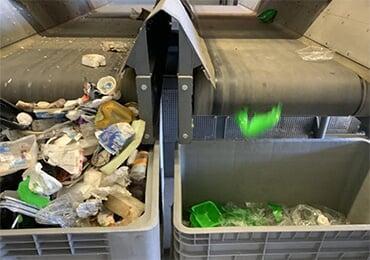
On April 3, 2025, the European Association for Bioplastics (EUBP) published a position paper on the relationship between “biodegradable plastics” and “material recycling”, which makes it clear that there is no contradiction between the two. Biodegradable plastics can be sorted efficiently and are su...

In the global automotive industry's transition to sustainability, the environmental friendliness of plastic materials has become a key challenge. The high carbon emissions, resource dependence, and recycling challenges of traditional fossil-based plastics have prompted automakers to seek alternative...
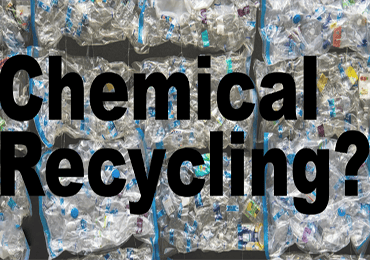
Recent reports indicate that the chemical recycling industry is on the verge of major expansion, with more than 40 plants currently in operation and more than 100 projects in the planning stage worldwide. The next few years will be critical in assessing the viability and cost-effectiveness of these ...

On November 6, Dutch PEF producer Avantium announced that it had signed an agreement with Parfums Christian Dior to use the new bioplastic in its packaging.Avantium has been working for three years on applied research with LVMH Recherche, the research center of Dior Perfumes and luxury goods giant L...
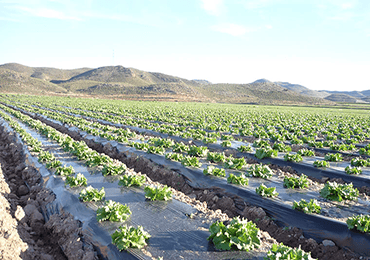
Oct. 17 (Bloomberg) -- AIMPLAS, a Spanish plastics technology center, is researching the addition of microorganisms to biodegradable mulch film to improve crop yields and productivity. This approach specifically involves adding probiotics and hydrogels to agricultural mulch films.
Hydrogels are...

What is paper yarn?
Paper yarn is a new type of material, mainly processed from paper fibers.
I. Production of raw materials and technology
The main raw material of paper yarn is all kinds of paper, including but not limited to waste paper and wood pulp paper. Through specific processing technique...

On September 17th, local time in Switzerland, a multinational team of scientists led by Jane Munk, a scientist in the food packaging industry, published a paper titled “New Food Package Composition Study and Database: Impacts of Food Exposure Chemicals on Humans”.
The paper reveals a shocking s...
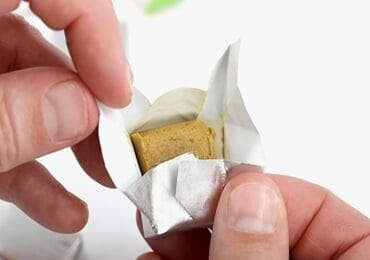
With the massive use of plastic packaging, it poses a serious threat to the environment and the sustainability of petroleum resources. The development of green, safe and biodegradable bio-based packaging materials is crucial. As a traditional packaging material based on lignocellulose, paper pr...
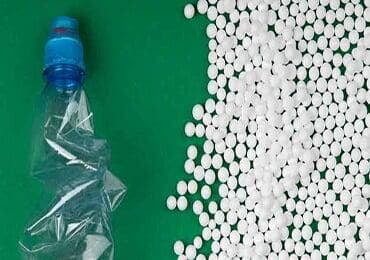
Polylactic acid, also known as PLA, is a thermoplastic monomer. It comes from renewable organic sources such as corn starch or sugar cane. This means that PLA is different from most plastics. Instead of breaking down into persistent microplastics, it degrades completely in the presence of water (hyd...

Recently, FILA (Italian fashion sports brand) launched a “natural symbiosis T” T-shirt, each T-shirt using low-energy dyeing process and biodegradable materials. The main fabrics are all made of biodegradable fibers: 60% cotton + 40% CELYS™ polyester, and the woven labels, combinations of label...